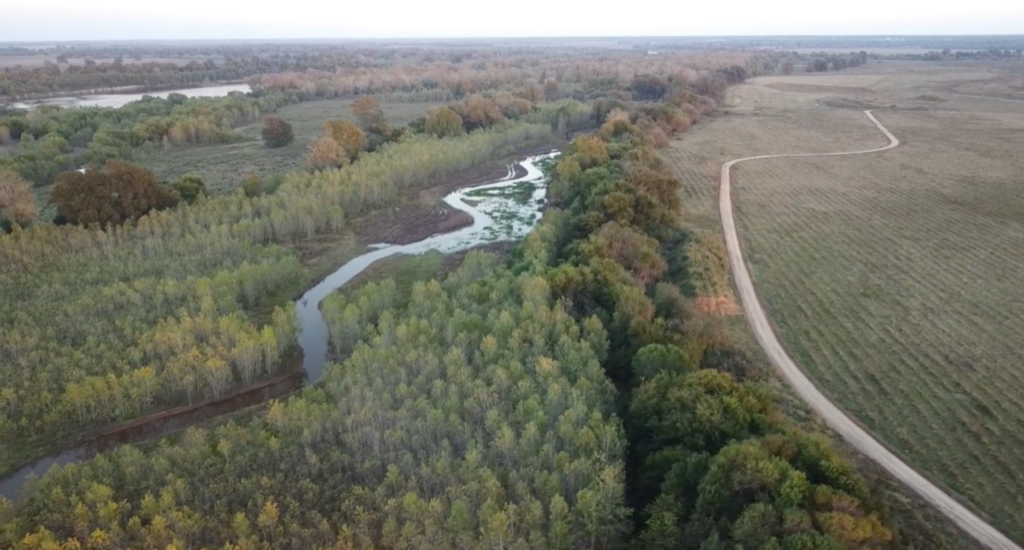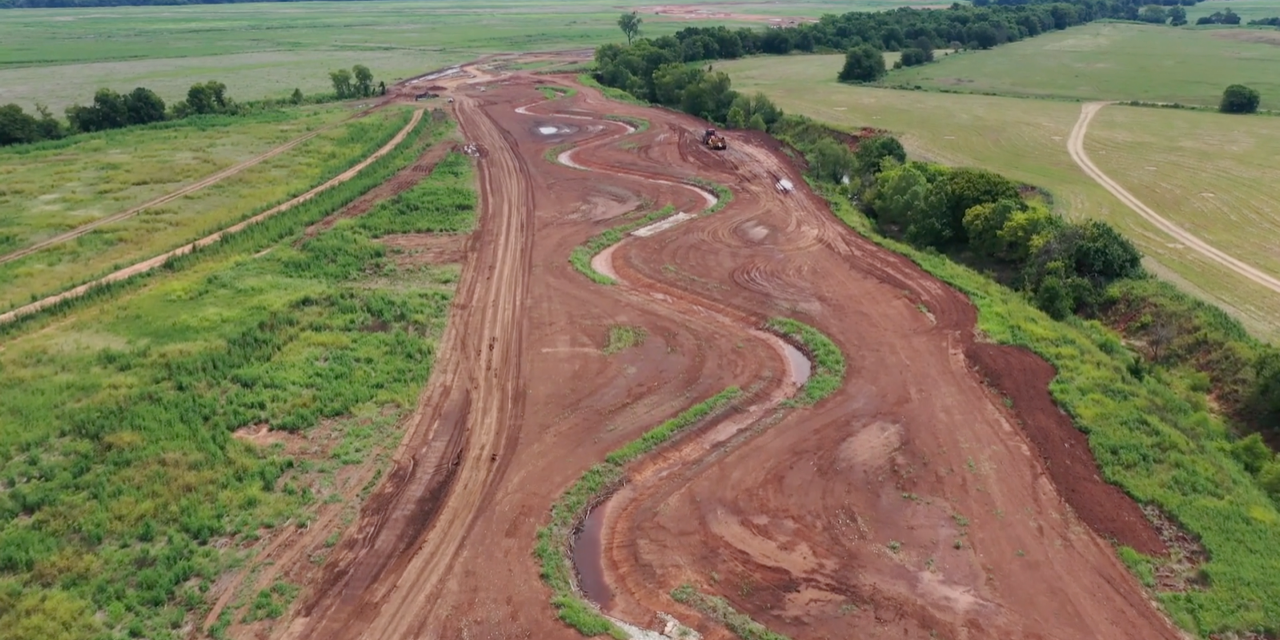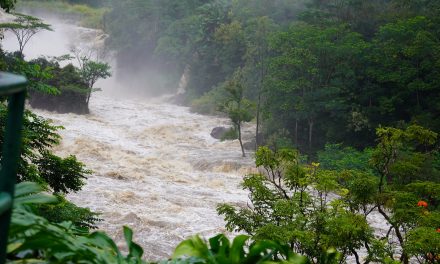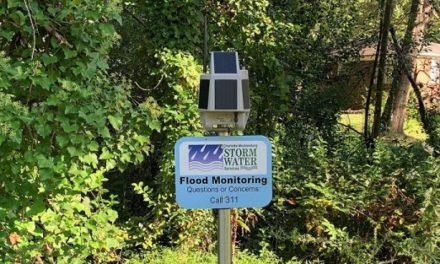By the end of next year, the North Texas Municipal Water District (NTMWD) expects to cut the ribbon on its Bois d’Arc Lake project, a massive, man-made drinking water reservoir sized to suit the needs of nearly 2 million people. The project, with an estimated price tag of $1.6 billion, according to its website, entails another large cost — space. When complete, it will cover approximately 67 km2 (26 mi2) of natural habitat within the Red River watershed.
NTMWD committed to striking a better balance between providing a crucial public service and causing potentially harmful environmental impacts from the project’s outset. In 2018, they purchased more than 7,000 hectares (17,000 acres) of private land surrounding the reservoir construction site. Much of the land, previously used for ranching and farming, straddles the banks of the Red River tributary Willow Branch Creek. Since the purchase, NTMWD and its redevelopment partner Resource Environmental Solutions (RES; Bellaire, Texas) have been working to restore and enhance the area around Willow Branch Creek into a vibrant habitat for North Texas wildlife.
Effectively revitalizing the land demands effective water management, described RES project manager Matt Stahman in a February release. For that reason, project crews have made green infrastructure and other nature-based stormwater solutions a key piece of their plans for the area.
“Everything comes back to water,” Stahman said about the project. “All of the habitats we’re restoring — thousands of acres of grasslands, wetlands, and woods — all of it is driven by water. If we can slow down the water across the landscape and let it soak into the ground, the better chance that the other habitats we restore will succeed.”
Recreating the Creek
Willow Branch Creek historically meandered along a twisting path around the watershed before it was channelized into a straight corridor. While channelizing the creek and its tributaries kept the land suitable for ranching and agriculture, it also diverted water from much of the area’s native grasslands.
“One of the major things we do is restore these streams to their natural wavy, winding configuration,” Stahman said.
Re-orienting approximately 27 km (17 mi) of streams in such a way to replenish the watershed’s natural capacity to sustain biodiversity was not a simple process. It first required the project team to identify each stream’s original course, as well as decide the best way to block off or fill in the channels that forced Willow Branch Creek streams to deviate from those courses.

After digging new paths for the creek and its tributaries, the next priority was stabilizing the new riverbanks against precipitation. The team first replaced soil along the streams that had degraded as a result of agricultural activity to improve its water retention capabilities. They then gathered native grass from throughout the acreage, processed it into square bales, and placed them strategically along the creek’s new path to help reinforce its new shape. Lastly, they layered an anti-erosion netting along bank soils before planting new native grasses along with a combined 60 m (200 ft) of live local tree cuttings.
By the end of 2020, NTMWD and RES had restored about 10 km (6 mi) of the main creek and 18 km (11 mi) of its tributaries, nearing completion of the Willow Branch Creek portion of the Bois d’Arc Lake project. According to the project’s website, other ecological plans include
- planting more than 5 million new trees;
- restoring or enhancing more than 3,450 hectares (8,500 acres) of wetlands and 110 km (70 mi) of streams; and
- seeding approximately 1,300 hectares (3,200 acres) of new grasslands.
Hands-on Education
While restoring Willow Branch Creek, project partners endeavored to use local resources whenever practicable, Stahman described. Much of the natural elements of the project came from elsewhere within the land purchased by NTMWD. In the same spirit, project partners opted to hire several locals to work on the restoration effort alongside professional contractors.
The aim was to equip locals with lucrative new skills in sustainable landscaping and design, while also providing economic opportunity for the surrounding community, described RES project superintendent Daniel Kampfer in a release. North Texans found jobs ranging from planning and project management to technical design and construction.
“These workers are gaining unique experience on one of the largest restoration projects in the country,” Kampfer said. “Each one of them is now uniquely qualified to work on future ecological restoration projects over the course of their careers.”
Many local talents hired to work on the project have a familiarity with the land, soils, and hydrology of the watershed that have led to useful insights during planning and construction, Stahman said.
“It’s a win-win to have great local talent working on the project.”
Learn more about the Willow Branch Creek restoration project at the Bois d’Arc Lake project website.
Top image courtesy of North Texas Municipal Water District






